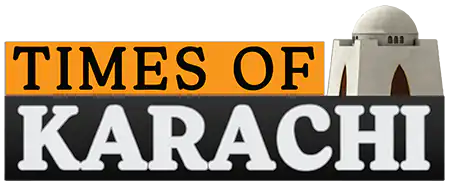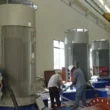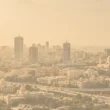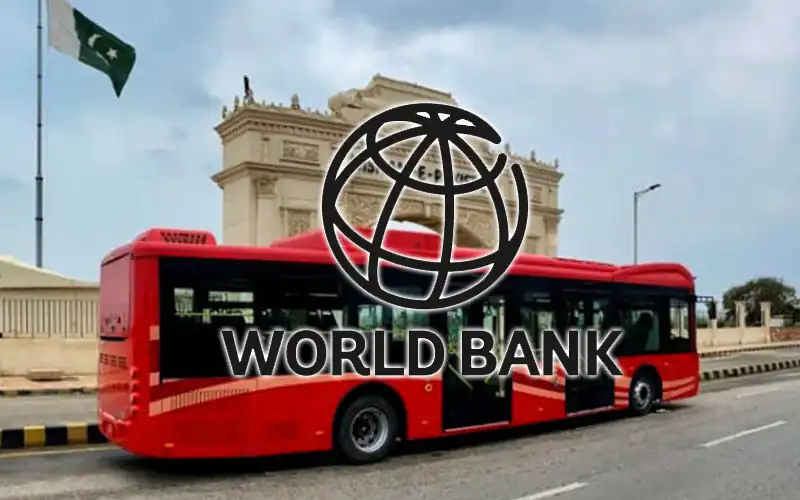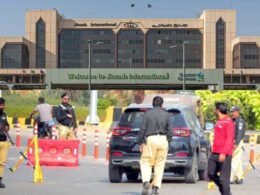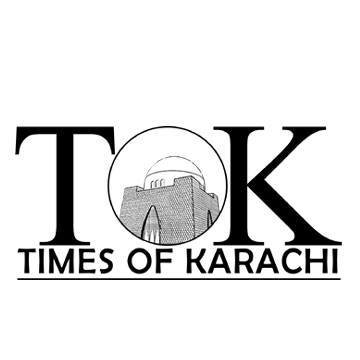The Karachi public transport crisis has deepened as the World Bank revealed the city needs 15,000 buses, yet only 400 government buses are currently operating on its roads.
According to the World Bank’s 2019 report, a metropolis like Karachi with over 20 million people requires a minimum of 15,000 buses to meet its public transport needs.
However, the available fleet includes just 300 buses under the People’s Bus Service, 80 Green Line buses, and 20 Orange Line buses—far below the required number.
Despite rising population and daily commute demands, the city has not seen a significant increase in modern public buses in recent years, the report highlighted.
By 2017, Karachi’s bus fleet had already dropped from 12,000 to just 5,000, and the current situation remains largely unchanged with aging vehicles dominating the roads.
Public transport officials say nearly one million people travel on People’s Bus Service daily, while around 80,000 use the Green and Orange Line services combined.
Although 139 new buses, including five double-decker buses, were expected to arrive in July, delays in delivery have prevented any improvements in service capacity.
Meanwhile, Karachi streets are flooded with nearly 3 million rickshaws and 36,000 registered Chungchi vehicles. However, the Chungchi Association claims there are over 60,000 operating in total.
Many of the private buses still in service are outdated and in poor condition, raising safety concerns among daily commuters and further burdening the weak transport infrastructure.
Experts say Karachi’s growing population and industrial activity demand urgent investment in sustainable and modern transportation solutions to reduce congestion and ensure safe, affordable travel for all citizens.
The World Bank’s data highlights the pressing need for coordinated transport policy and infrastructure planning in Karachi to tackle the city’s growing mobility challenges.
